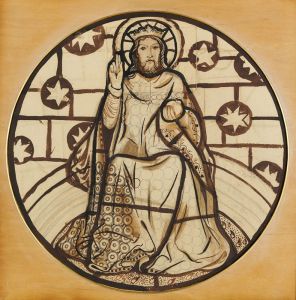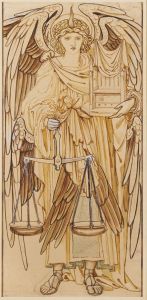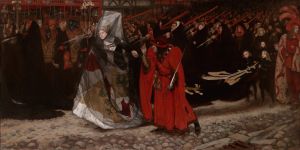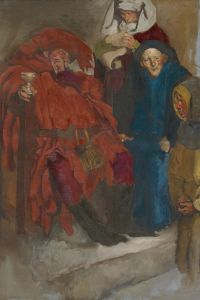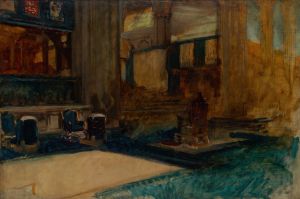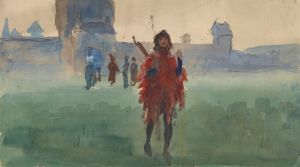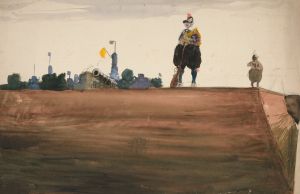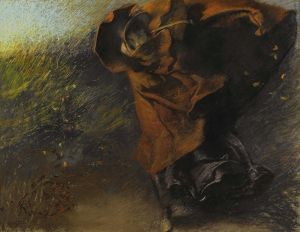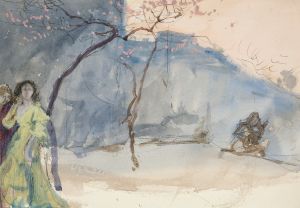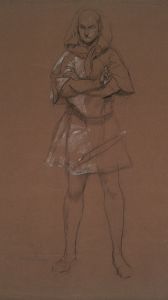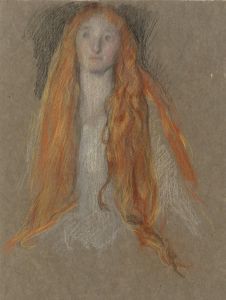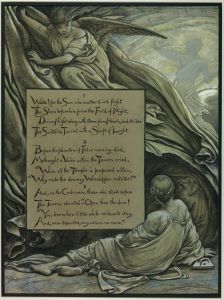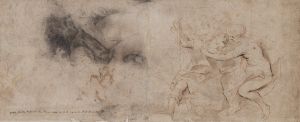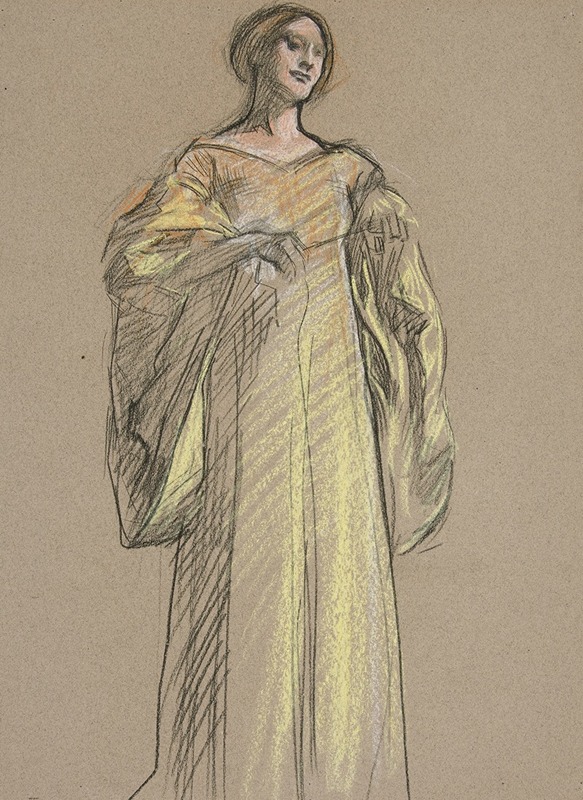
Study for Fiametta’s Song
A hand-painted replica of Edwin Austin Abbey’s masterpiece Study for Fiametta’s Song, meticulously crafted by professional artists to capture the true essence of the original. Each piece is created with museum-quality canvas and rare mineral pigments, carefully painted by experienced artists with delicate brushstrokes and rich, layered colors to perfectly recreate the texture of the original artwork. Unlike machine-printed reproductions, this hand-painted version brings the painting to life, infused with the artist’s emotions and skill in every stroke. Whether for personal collection or home decoration, it instantly elevates the artistic atmosphere of any space.
Edwin Austin Abbey was an American artist known for his illustrations and paintings, particularly those depicting scenes from Shakespearean plays and other literary works. "Study for Fiametta’s Song" is one of Abbey's works, though specific details about this particular piece are not extensively documented in public records or major art historical references.
Abbey was born in Philadelphia in 1852 and began his career as an illustrator for Harper's Weekly, a popular magazine of the time. His work gained recognition for its detailed and historically accurate depictions, often drawing from literary sources. Abbey moved to England in 1878, where he continued to develop his craft and became associated with the Pre-Raphaelite Brotherhood, a group of artists known for their attention to detail, vibrant colors, and themes drawn from literature and mythology.
Throughout his career, Abbey was deeply influenced by the works of William Shakespeare, Alfred Lord Tennyson, and other literary figures. His paintings often capture the essence of the narratives they depict, with a focus on character and setting. Abbey's ability to translate literary scenes into visual art made him a sought-after illustrator and painter during his lifetime.
"Study for Fiametta’s Song" likely reflects Abbey's interest in literary themes, though specific information about the painting's subject matter or its inspiration is not widely available. The title suggests a connection to a literary or musical work, possibly involving a character named Fiametta. However, without more detailed records or documentation, it is challenging to provide a definitive interpretation of the painting's content or its place within Abbey's broader body of work.
Abbey's contributions to the art world extend beyond his paintings. He was also involved in mural work, most notably the murals for the Boston Public Library, which depict scenes from the Quest for the Holy Grail. These murals are considered some of his most significant achievements and demonstrate his skill in handling large-scale compositions.
In recognition of his artistic achievements, Abbey was elected to the National Academy of Design in 1902 and became a full member of the Royal Academy in London in 1898. His work continues to be celebrated for its technical proficiency and its ability to bring literary and historical subjects to life.
While "Study for Fiametta’s Song" may not be as well-documented as some of Abbey's other works, it remains a part of his legacy as an artist who bridged the worlds of literature and visual art. Abbey passed away in 1911, leaving behind a rich collection of works that continue to be studied and appreciated for their artistic and cultural significance.





